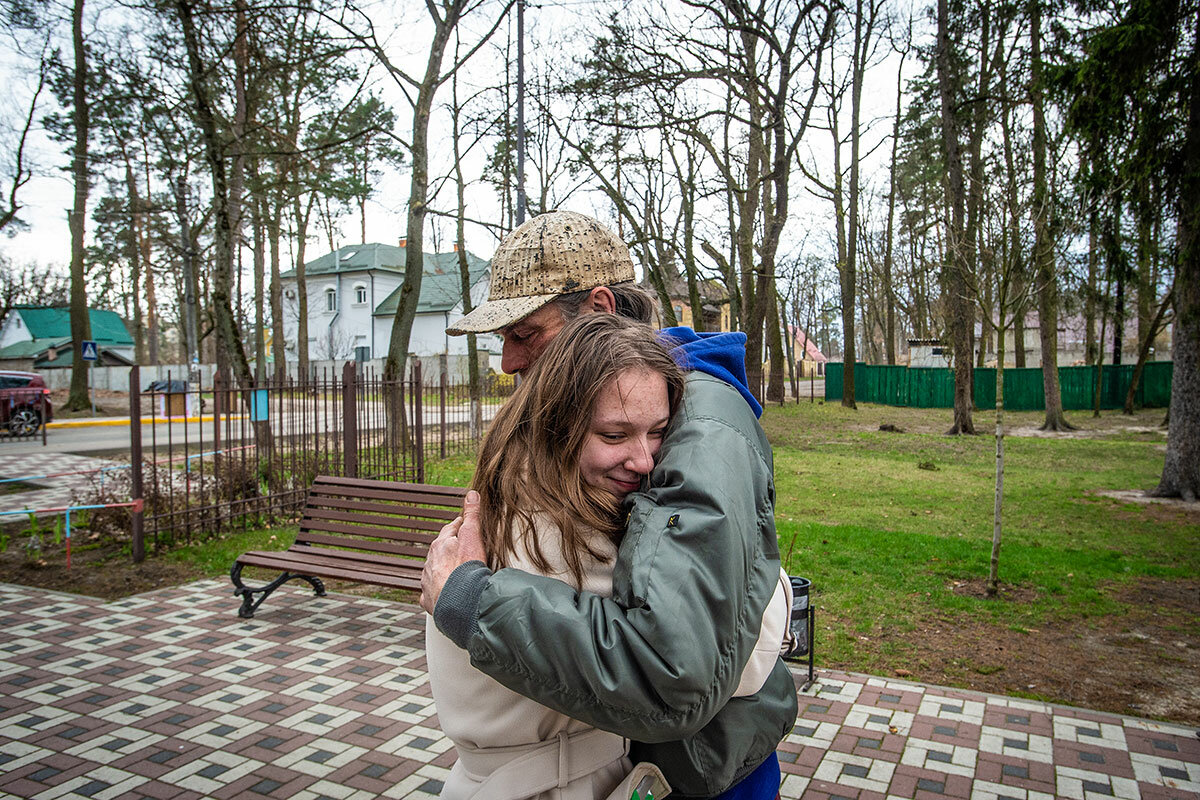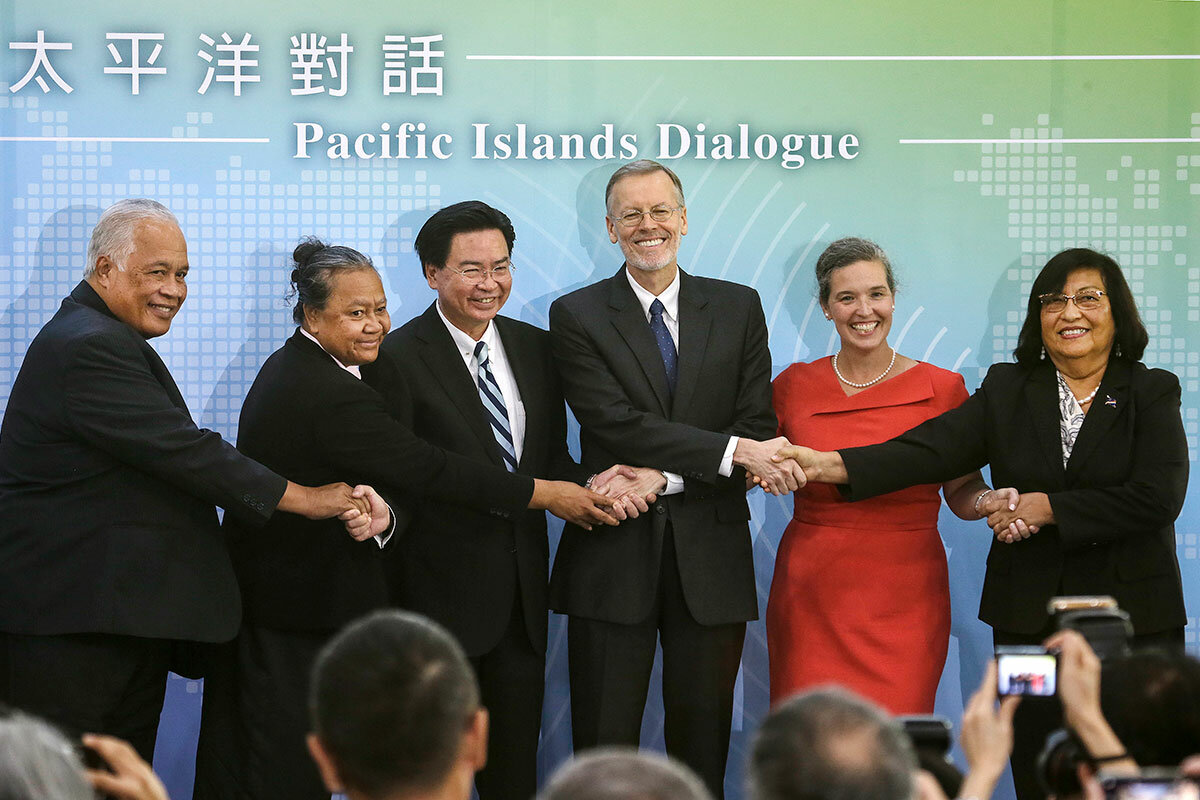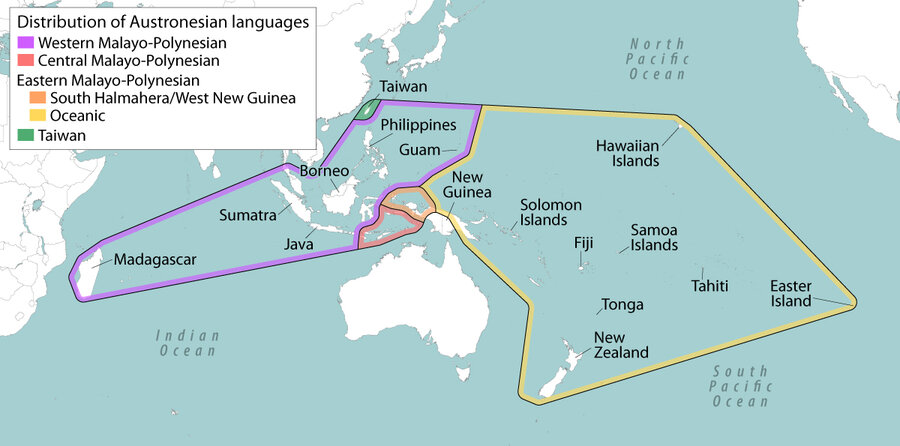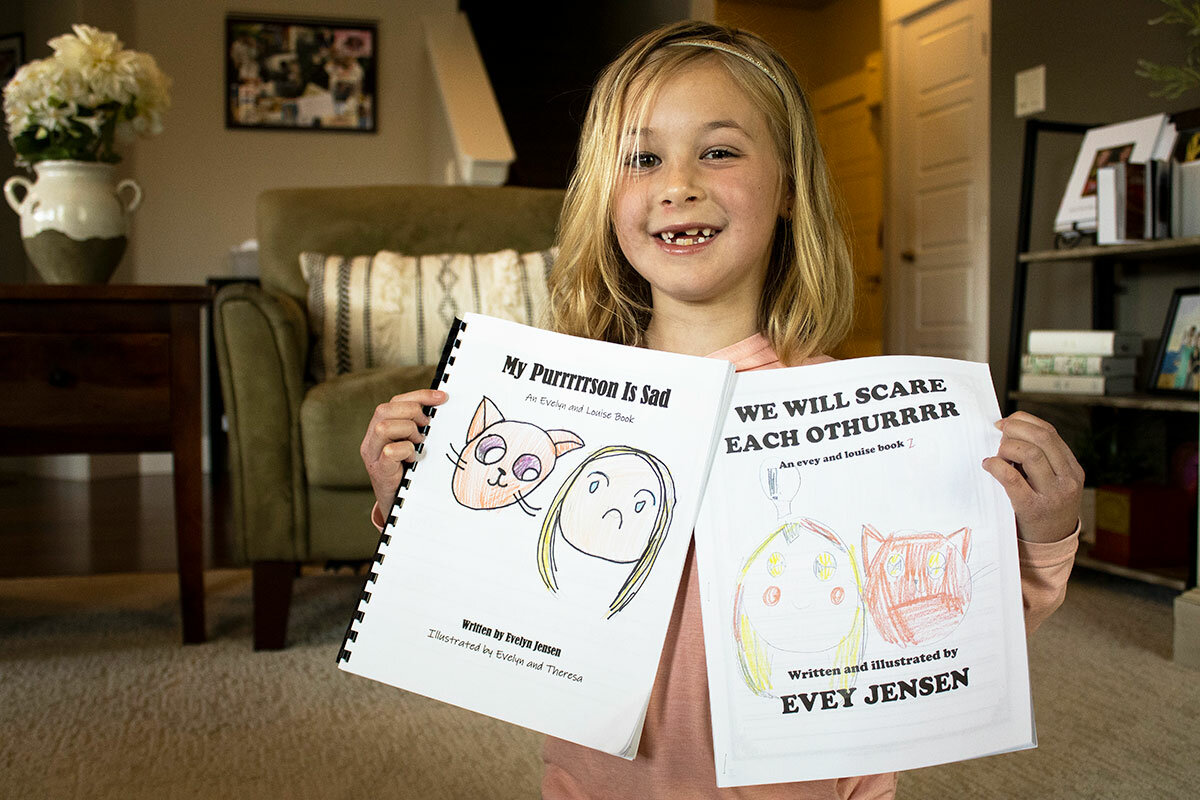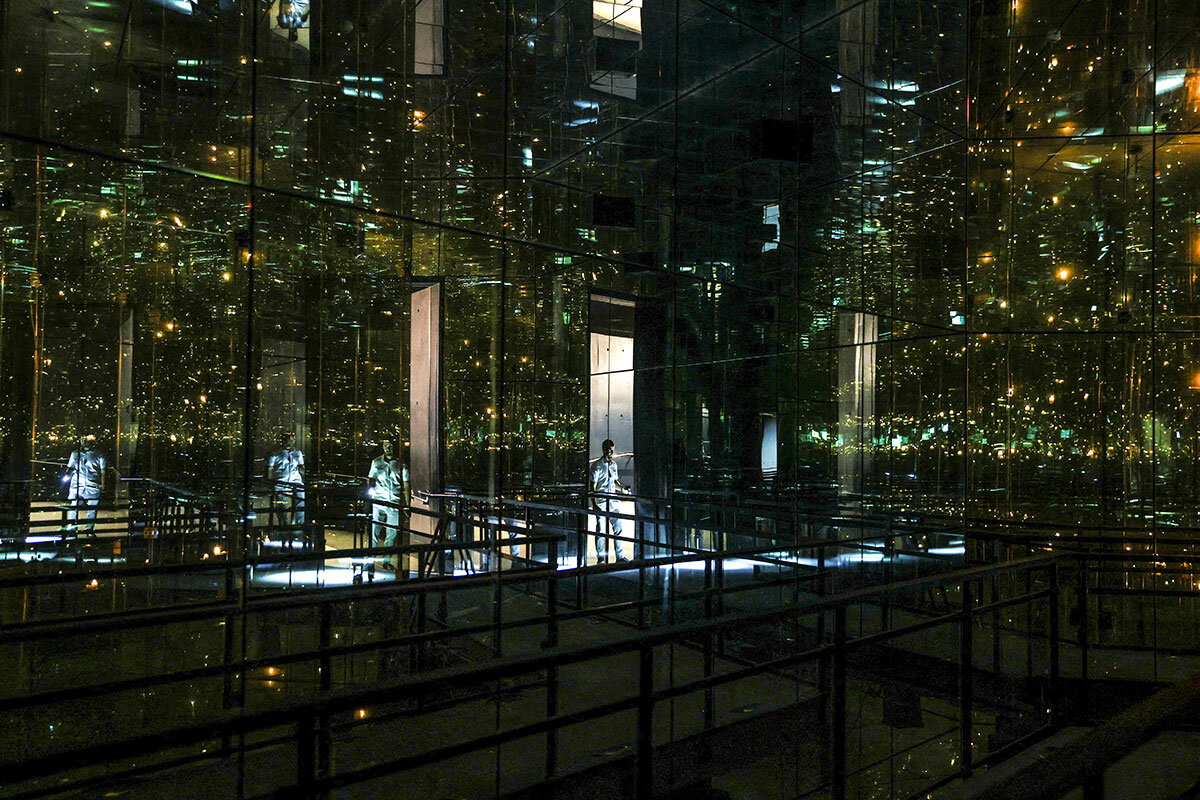Monitor Daily Podcast
- Follow us:
- Apple Podcasts
- Spotify
- RSS Feed
- Download
 Howard LaFranchi
Howard LaFranchi
El Yaque Bistro, a buzzing arepa shop in Buenos Aires’ Palermo district, was the perfect spot to reconnect with Daniela Flores.
A Venezuelan refugee I’d first met in 2019, Ms. Flores had chosen El Yaque based on a friend’s advice that it served some of the best arepas – corn-flour pockets stuffed with meats and veggies – the Argentine capital’s Venezuelan community had to offer.
As we shared a ceviche and munched on our arepas, Ms. Flores filled me in on the few downs, but mostly the ups, of the past three years.
“For sure it hasn’t always been easy, and the pandemic didn’t help,” Ms. Flores says, “but this is such an open-armed city, and the Argentines are so generous. I feel like I’ve had an angel with me.”
We’d first met in conjunction with a story I was doing on the large number of Venezuelan musicians who settled in Buenos Aires after fleeing their country’s economic collapse and political repression. Ms. Flores had developed a gig as a kind of makeshift press agent and promoter for one refugee orchestra called Latin Vox Machine.
Later, she landed a job on McDonald’s Argentina social media team. A separate highlight has been promoting the career of Venezuelan refugee singer Steffania Uttaro, who last year was a finalist on Argentina’s “The Voice.”
How different Ms. Flores says she now feels from the young woman who arrived alone in Buenos Aires in 2018. “Back then I was battling this sense that if anything ever happened to me, no one in the world would know about it,” she says. “Now I feel connected.”
Our conversation turned to the millions of Ukrainian refugees, mostly women and children, now filling the news.
Ms. Flores recognizes that the hardships she faced hardly compare with those confronting families displaced by a horrendous war.
But she recalls the “angel” that appeared early on in the form of an Argentine woman who offered her a place to stay, where she could feel safe and get her bearings.
“We are so alert to the bad things that are out there, but we have to be open to the angels, too,” she says. “I wish these angels for the Ukrainian refugees we are seeing now.”



